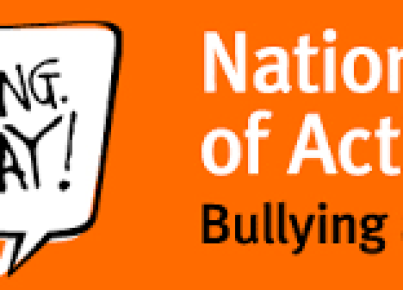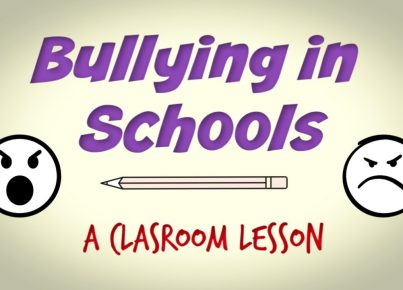1. “Kindness Matters” Campaign: Encourage students to participate in a week-long campaign, promoting kindness through positive messages and actions.
2. Role-Playing Scenarios: Have students engage in role-playing exercises that depict various bullying situations, allowing them to empathize with the person being bullied and practice appropriate responses.
3. Circle of Friends: Create small groups where students work together on a project, allowing them to build friendships and foster open communication.
4. Peer Mentorship Program: Pair older students with younger ones to establish a sense of responsibility and support for one another, leading to reduced bullying incidents.
5. Encourage Bystander Intervention: Teach students how to recognize bullying situations and empower them with the necessary tools to intervene when they witness bullying behavior.
6. Positive Reinforcement Jar: Create a jar where students can submit anonymous notes highlighting their peers’ acts of kindness, which will later be read aloud during class meetings.
7. Anti-Bullying Poster Contest: Organize an art contest where students create posters depicting anti-bullying messages, then display the winning artwork around school.
8. Develop a School-Wide Pledge: Have a school-wide assembly where all members commit to creating a safe and bully-free environment.
9. Interactive Workshops: Invite local experts or organizations to conduct workshops on empathy-building, diversity, and conflict resolution skills.
10. No Name-Calling Week: Reinforce the importance of respect by celebrating No Name-Calling Week every year, focusing on kindness and inclusivity activities.
11. Film Screening & Discussion: Show an educational film about bullying, followed by a guided discussion on its impact and ways to combat it.
12. Start a Kindness Club: Form a club dedicated to performing acts of kindness within the school community and beyond.
13. Mediation Programs: Offer conflict mediation programs led by trained peer mediators to resolve disputes and promote a sense of understanding among students.
14. Create a Safe Space: Designate a specific area within the school where students can seek refuge when feeling threatened, overwhelmed, or bullied.
15. Classroom Meetings: During regular classroom meetings, discuss the importance of empathy, active listening, and supporting one another.
16. Invite Guest Speakers: Bring in speakers who have experienced or overcame bullying situations to share their stories and insights with students.
17. Organize a Unity Day: Unite the school community by wearing orange clothing and participating in anti-bullying activities on a designated day each year.
18. Adopt a School Mascot: A school mascot can symbolize unity and be used as an advocate for promoting kindness and combating bullying within the school community.
19. Implement Upstander Awards: Acknowledge students who have taken steps to stand up against bullying or support someone who has been bullied with an Upstander Award as recognition for their actions.
20. Encourage Anonymous Reporting: Establish a way for students to anonymously report bullying incidents, ensuring that issues are addressed promptly without fear of reprisal.





